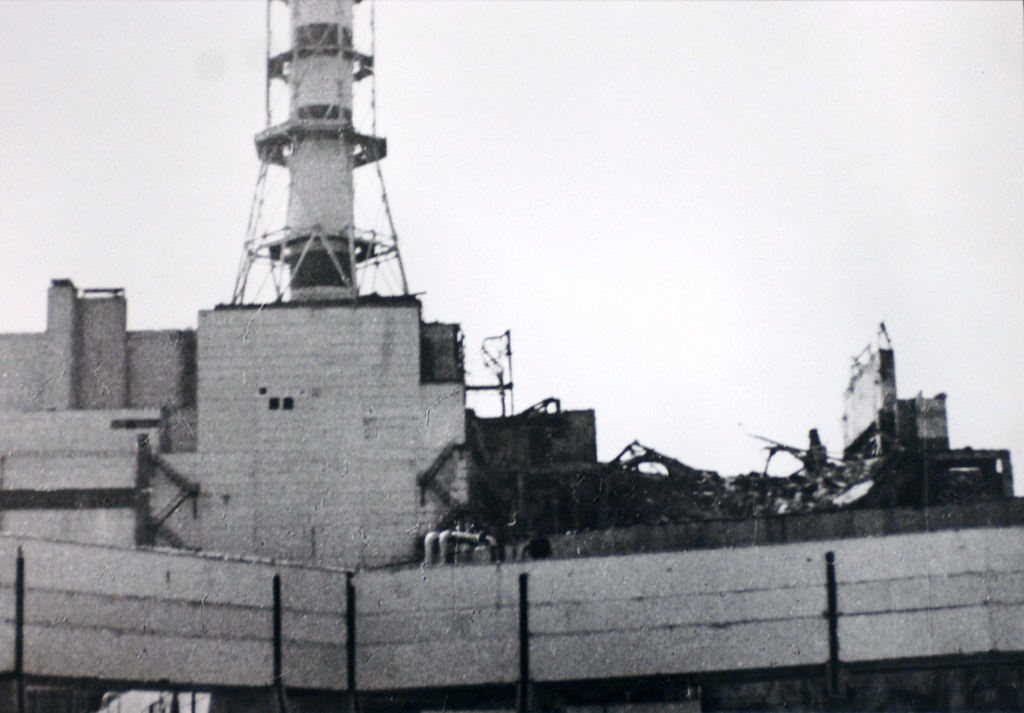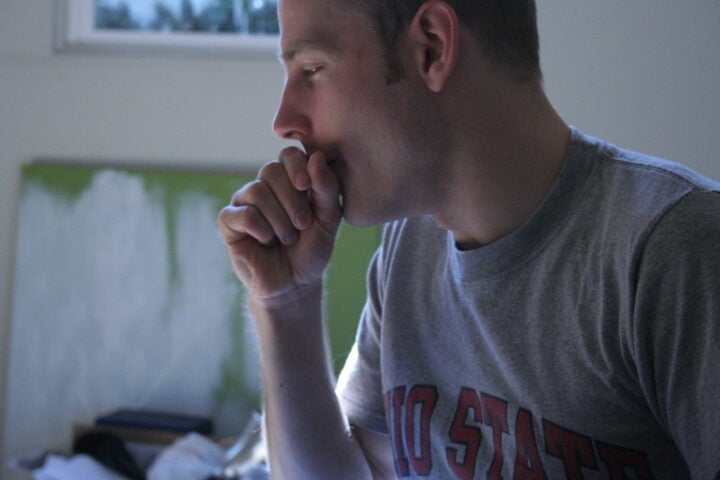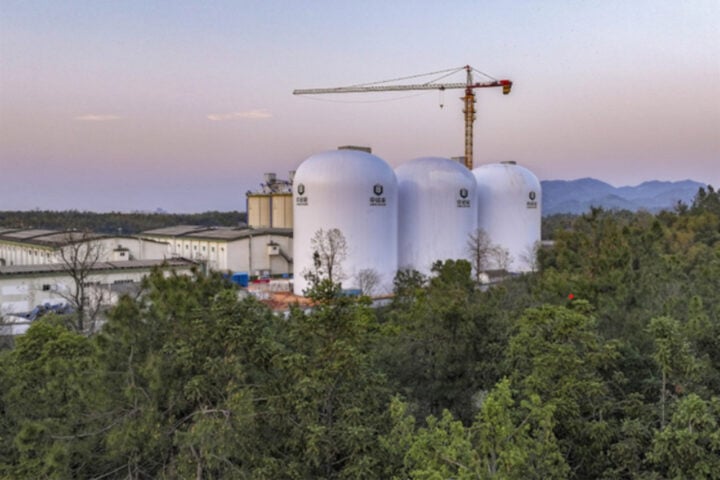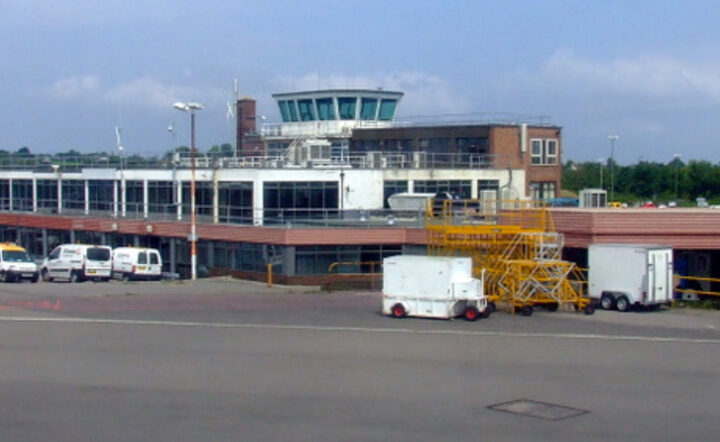Nuclear power can be used in constructive or destructive ways. But an accident is a different thing. This is what happened at Chernobyl in 1986.
An explosion at the Chernobyl Nuclear Power Plant in 1986 spread a radioactive cloud over large parts of the Soviet Union, now the territories of Belarus, Ukraine, and the Russian Federation. Nearly 8.4 million people in the three countries were exposed to the radiation. The Soviet Government acknowledged the need for international assistance only in 1990.
That same year the General Assembly adopted a resolution calling for “international cooperation to address and mitigate the consequences at the Chernobyl nuclear power plant.” That was the start of the UN involvement in the Chernobyl cooperation. In 1991, the UN created the Chernobyl Trust Fund.
Since 1986, the UN family of organizations and major NGOs have launched more than 230 different research and assistance projects in the fields of health, nuclear safety, rehabilitation, environment, production of clean foods and information. In 2002, the UN announced a shift in Chernobyl strategy, with a new focus on long-term developmental approach. UNDP and its regional offices in three affected countries took the lead in the implementation of the new strategy.
There is still a great deal of work that needs to be done in the affected region. To provide support to international, national and public programs targeted at the sustainable development of these territories, in 2019 the UN launched the International Chernobyl Research and Information Network (ICRIN).
Similar Posts
The UN General Assembly adopted a resolution on 8 December 2016 designating 26 April as International Chernobyl Disaster Remembrance Day. In its resolution, the General Assembly recognized that three decades after the disaster there remain persistent serious long-term consequences and that the affected communities and territories are experiencing continuing related needs.
The General Assembly invites all Member States, relevant agencies of the UN system and other international organizations, as well as civil society, to observe the Day. The completion of the placement of the new safe confinement over the old shelter was a major milestone achieved in 2019, with £2.2 billion provided by over 45 donor nations through funds managed by the European Bank for Reconstruction and Development (EBRD). The new safe confinement was handed over to the government of Ukraine on 10 July 2019. The scope of the project in terms of international cooperation is one of the largest ever seen in the field of nuclear safety.
Since the UN agencies have shifted focus from humanitarian assistance to prevention, recovery, remediation and capacity development, an integrated approach to sustainable development was adopted to address the needs of the affected regions and communities. The agencies, funds, and programs have continued to work closely with the Governments of Belarus, the Russian Federation and Ukraine to provide development assistance to the Chernobyl-affected communities.

On 24 February 2022, Ukraine informed the International Atomic Energy Agency (IAEA) that Russian forces had taken control of all facilities of the Chernobyl nuclear power plant. Control of the site was returned to Ukrainian personnel on 31 March 2022.
In short, the International Chernobyl Disaster Remembrance Day is being celebrated on April 26, 2025. The EBRD has given £2.2 billion for Chernobyl new confinement project. It is the biggest aid so far. Chernobyl Day is observed so that such an accident does not occur again. In 2019, the UN launched ICRIN (International Chernobyl Research and Information Network). The Chernobyl region is still radioactive though not fatal due to the confinement project.


















